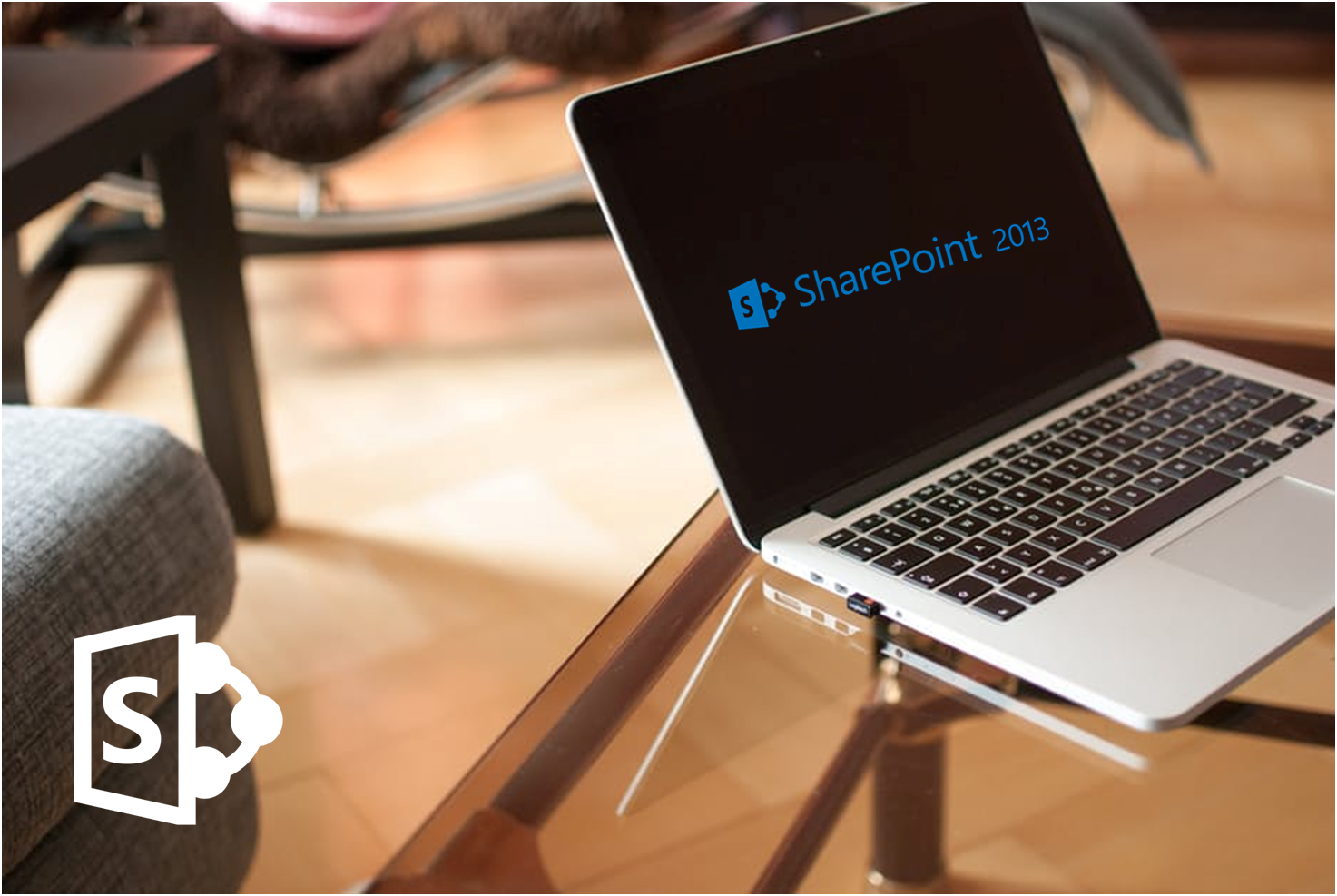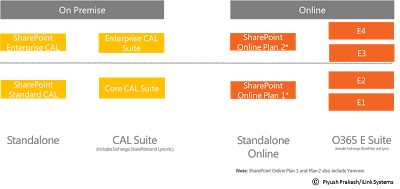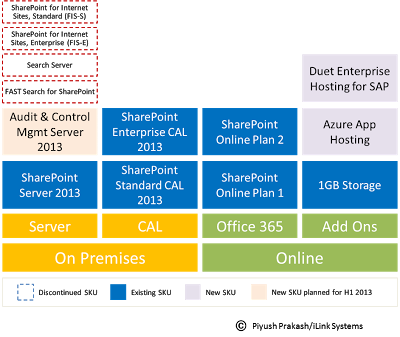SharePoint 2013 Licensing Overview

For people who have been around SharePoint for a long time, one of the dreaded area to have an conversation with your upper management has been about SharePoint Licensing. I can say that IT managers will have few pleasant surprises in store when they try to get their heads around SharePoint 2013 Licensing model.
For starters, here are few key changes in SharePoint 2013 licensing model that will bring smiles on IT Managers faces:
No need to buy SharePoint Internet Licenses: You heard it right. The license to host SharePoint for anonymous users and public facing websites that used to cost 40-50k per server is not needed anymore. So, basically if you have the core Server license you can host a public facing website without needing to pay anything extra.
No need to buy CALs for external users: One of the big confusion with extranet scenarios has been whether you need to buy separate CALs for your external users such as vendors, contractors, suppliers, etc who are not typically your employees but may need to access little bit of information or forms on your SharePoint extranet. Here’s the exact words defining who external users are from one of the deck I found from Microsoft on this topic.
External users means users that are not either your or your affiliates’ employees, or your or your affiliates’ onsite contractors or onsite agents.
Search Consolidation into Core SharePoint License: One of the big change is with respect to Search capabilities. All the search capabilities have been merged into the core SharePoint Server Licenses (Enterprise and Standard), and you don’t need to buy a separate FAST license. This, i believe, has also helped in streamlining the end user’s experience with respect to search and data discovery.
I wanted to cover these three main changes with respect to SharePoint 2013 on-premise licensing in this post, but there are other changes being introduced with respect to features and SKUs in SharePoint 2013 on-premise as well as O365 licensing.
Here’s an image of the key components in SharePoint 2013 on-premise as well O365 followed by another diagram illustrating the key changes from 2010.

Please note the absence of other add-on licenses such as Internet Site, Search Server, FAST Server, etc.

My goal for this post is to provide an overview of the key changes that I see in SharePoint licensing model, and help people who are trying to get a high level overview of the same. It’s purely based on my personal understanding and does not reflect Microsoft’s intended vision or my employer’s view. As always, any decision with respect to Licensing should be validated with your Microsoft representative, and is heavily dependent upon your unique requirements.You are responsible for any decision that you make based on above information.
Let me know if you have any feedback and/or find a flaw with my understanding. Cheers!!
[simple-social-share]


